You can easily take amazing pictures of the Milky Way or the moon with your smartphone in 2024. But what phone has the best camera for this?
We believe that the Google Pixel 8 Pro is the best phone for astrophotography in 2024. It is the only top-range smartphone to feature an astrophotography mode that makes it extremely to capture amazing night photos.
The Samsung Galaxy S23 Ultra is also excellent. It has a huge resolution of 200 megapixels and great in-built camera modes that give you the capacity to take amazing photos of the starry night sky.
For Apple fans, the iPhone 15 Pro Max is the best iPhone yet for astrophotography, with a brilliant night mode.
These are the three best smartphones for astrophotography in 2024. See below for quick links, or read on for more detailed pros and cons.
|
Google Pixel 8 Pro
|
Samsung Galaxy S23 Ultra
|
Apple iPhone 15 Pro Max
|
|
50 MP
|
200 MP
|
48 MP
|
|
Astrophotography, Night
|
Night, Pro
|
Night
|
Google Pixel 8 Pro
Best Smartphone for Astrophotography
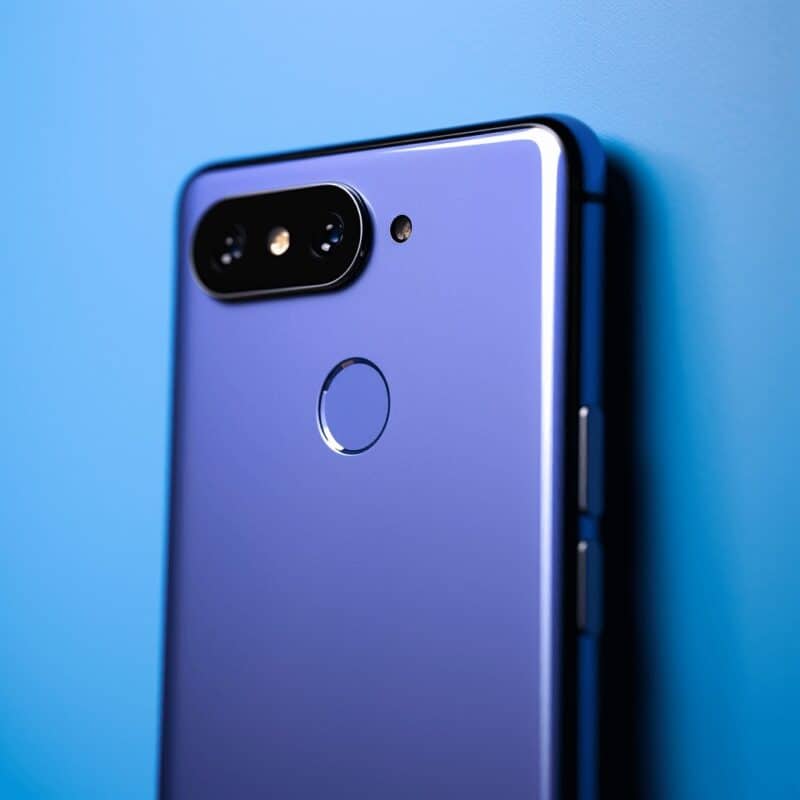
The Google Pixel 8 Pro features one of the best cameras on the market and has a brilliant astrophotography mode.
The main camera itself has a massive 50 MP (megapixels), a fast F/1.85 aperture, and a pixel width of 1.25 μm (this is the physical size of the pixels on the camera sensor – the higher the better for astrophotography as it means that more light is gathered per pixel).
There is also a separate ultrawide camera that operates at 12 MP that can work great for wide field-of-view landscape astrophotography images.
Google Pixel 8 Pro Astrophotography Mode
The in-built Pixel Astrophotography Mode is fantastic. It takes multiple 16-second images, stacks them, and processes them for you all in one go, usually taking about 4 minutes in total from one press of a button.
You can see the images below where I have tested the Pixel astrophotography mode on an older Pixel phone and compared it with an image taken with a good DSLR camera of the same scene on the same night.
The first image on the left below shows a picture taken of the Milky Way core with a Google Pixel 3a smartphone using the astrophotography mode, and in contrast, the second picture on the right was taken on the same night using a modern DSLR camera (a Nikon D750):
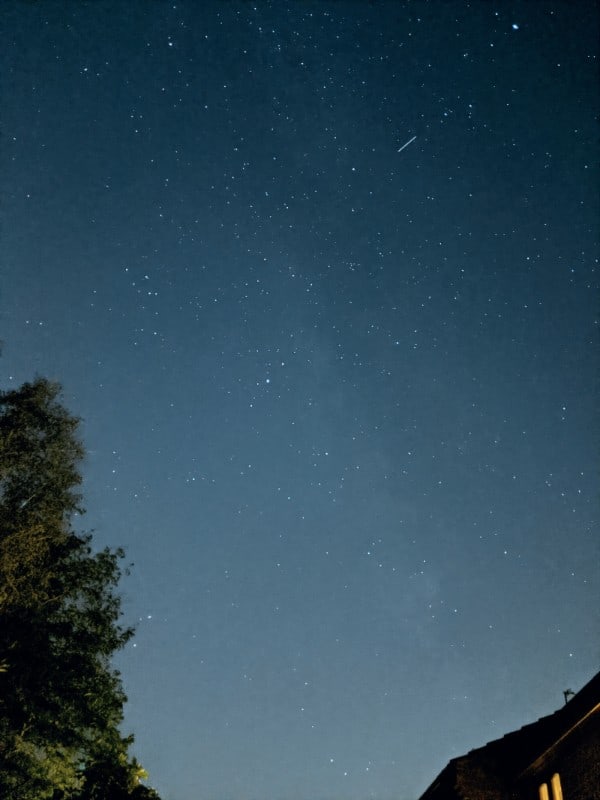
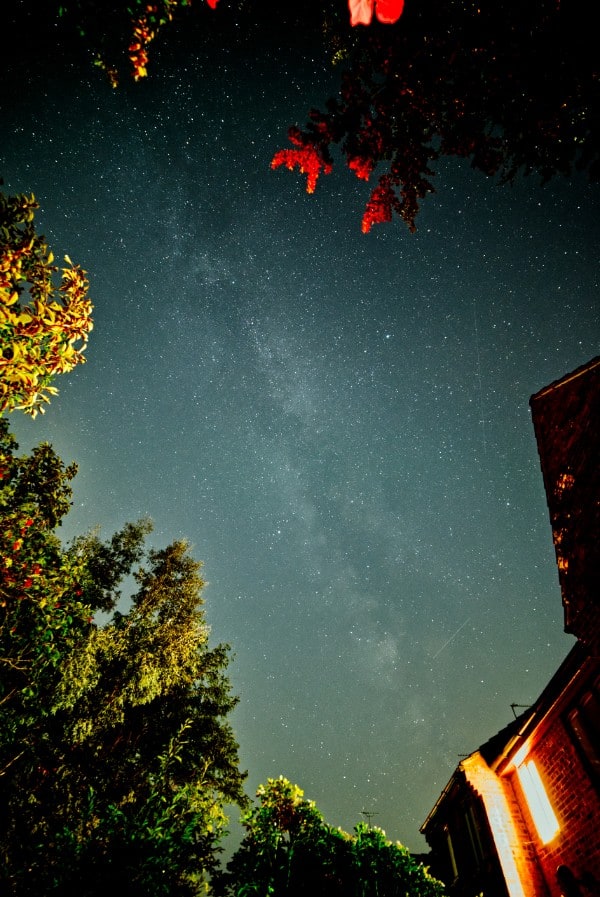
This is in a fairly light-polluted (Bortle 5) suburban area but there are two main conclusions to draw from these images:
- The Pixel Astrophotography image is pretty good. It has captured lots of sharp stars and the core of the Milky Way can be seen spread across the sky even with light pollution. No additional post-processing was done and it was literally taken with the press of a button with no need to adjust and master the settings
- The image with the DSLR is better. However, this was taken with a fairly advanced camera and lens, and the image was tweaked in post-processing and I had to configure the settings myself.
Another caveat is that this first image was taken with an older Pixel model (the 3a) with a lower-spec camera than the up-to-date Pixel 8 Pro.
You can see here an example of a great Milky Way image taken with the Google Pixel 8 Pro:
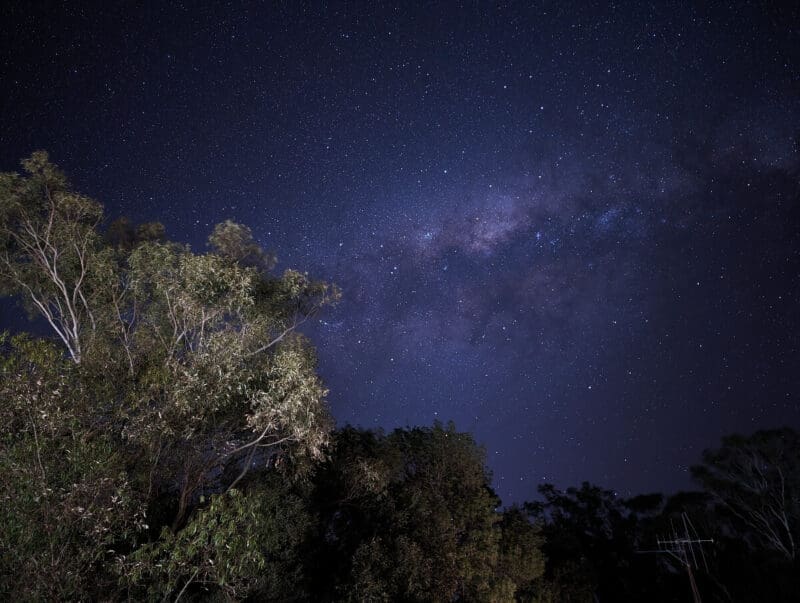
Here is a great video putting the Google Pixel 8 Pro through its paces and demonstrates the Astrophotography Mode in action:
As you can see, the Google Pixel 8 Pro can really perform for astrophotography and we believe it is the best smartphone for astronomy photography overall.
In addition, it has an astrophotography timelapse function that no other smartphone camera has.
One thing to note is that the slightly cheaper Google Pixel 8 has the same 50MP rear camera and so is just as good as the Pro for astrophotography, however the Pro also has a built-in telephoto lens and so we are favoring it here as that gives you better capacity for moon photography without adding a separate telephoto lens.
Pros:
- Features amazing in-built Astrophotography Mode
- Has Astrophotography Timelapse Mode
- Cheaper than Samsung S23 Ultra and iPhone 15 Pro Max
Cons
- Lower megapixel count than the Samsung S23 Ultra
Key Specifications
- Camera Resolution: 50 MP (12 MP when ultrawide)
- Aperture: F/1.85
- Field of View: 82 degrees (114 degrees when ultrawide)
- Pixel Width: 1.2 μm
- Astrophotography Mode: Yes
- Telephoto Lens: Yes
- Weight: 0.46 lbs (0.21 kg)
- Size Dimensions: 6.5 x 3 x 0.4 inches (163.9 x 75.9 x 8.9 mm)
- Screen Size: 6.7 inches
- Screen Resolution: 1440 x 3120
- RAM: 12 GB
The latest Google Pixel Android Smartphone
- Features amazing in-built Astrophotography Mode that makes capturing the starry skies easy
- Cheaper than Samsung S23 Ultra and iPhone 15 Pro Max
- Lower megapixel count than some other smartphones
Samsung Galaxy S23 Ultra
Highest Megapixel Smartphone Camera
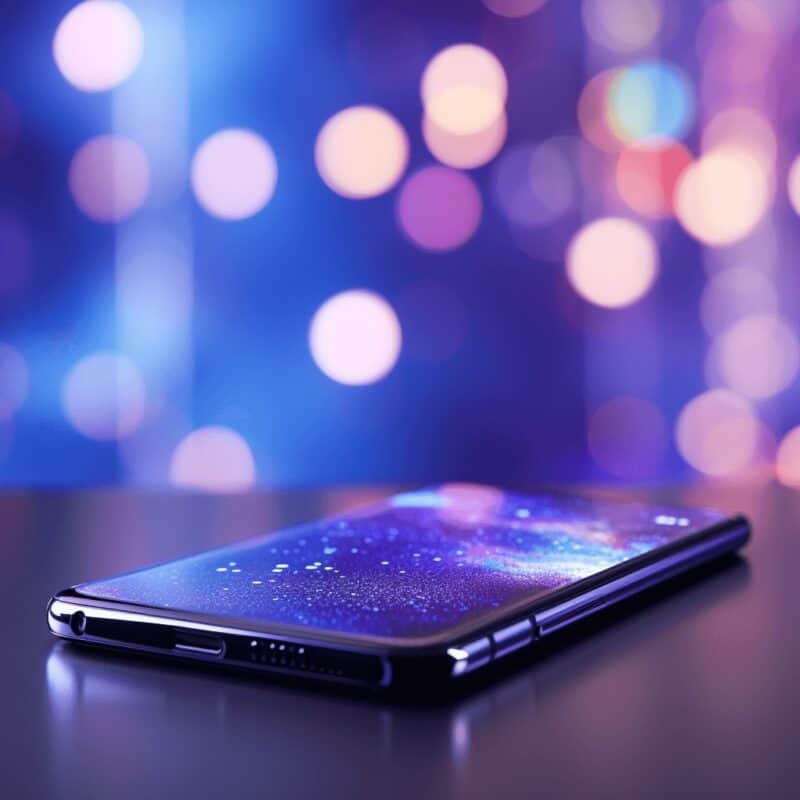
Boasting a whopping 200 megapixels, the Samsung S23 Ultra has the highest resolution smartphone camera on the market.
It has a night mode that is great for low-light photography and works well for very easy astrophotography, but it also has a great manual/pro mode that enables you to take control of the settings and really make the most of the camera for astrophotography.
Samsung S23 Ultra Astrophotography
If you watch this video you can see some pretty amazing astrophotography images taken with the S23 Ultra:
This video also explains how to use the manual/pro mode for astrophotography:
Here’s an example Milky Way image shot with a Samsung S23 Ultra to show you what you can achieve:
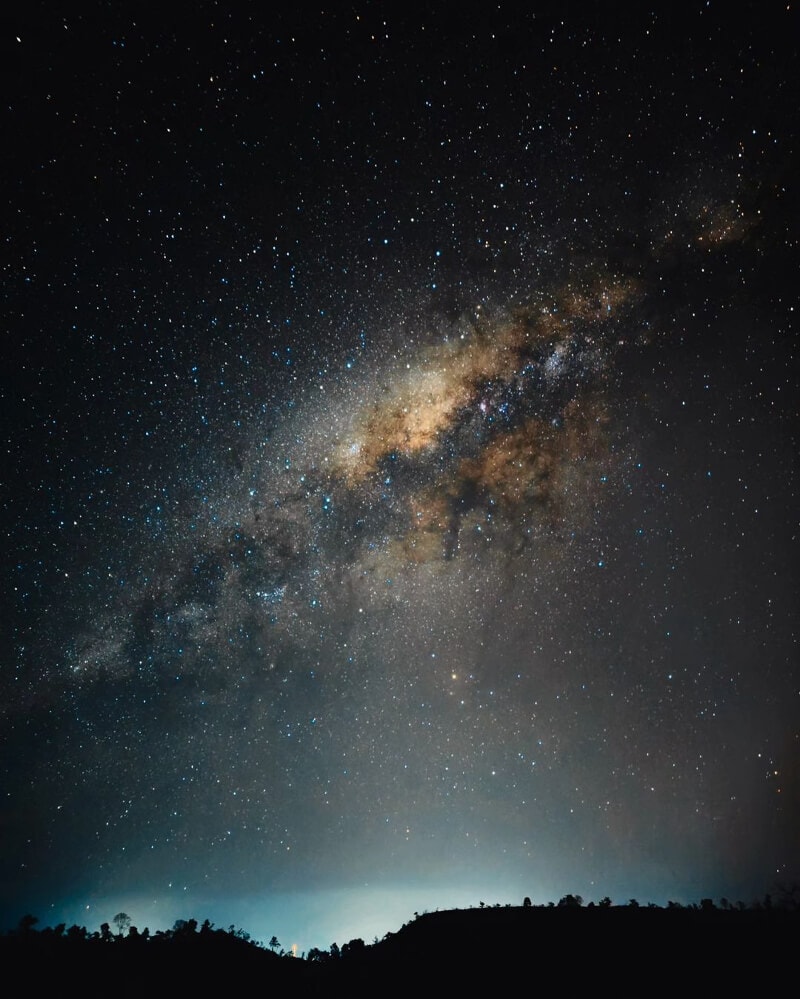
As you can see, the Samsung S23 Ultra is excellent for astrophotography.
It has the highest megapixel count of any smartphone and while on some other specs (pixel width, aperture, astrophotography modes) it might seem behind the iPhone 15 Pro Max and Google Pixel 8 Pro, it has been shown to produce results every bit as good.
Pros
- Astonishing 200 Megapixel Camera
- Night Mode for easy astrophotgraphy
- Pro Mode available when you need more control
- Long Battery Life
Cons
- Expensive
- No specific Astrophotography Mode
Key Specifications
- Camera Resolution: 200 MP (12 MP ultra-wide and 10 MP telephoto)
- Aperture: F/1.7
- Field of View: 85 degrees (120 degrees when ultrawide)
- Pixel Width: 0.6 μm
- Astrophotography Mode: Night Mode
- Telephoto Lens: Yes
- Weight: 0.5 lbs (0.2 kg)
- Size Dimensions: 6.4 x 3.1 x 0.4 inches (163.3 x 77.9 x 8.9 mm)
- Screen Size: 6.8 inches
- Screen Resolution: 3088 x 1440
- RAM: 12 GB
Android Smartphone
- Astonishing 200 Megapixel Camera
- Night Mode for easy astrophotgraphy and Pro Mode when you need more control
- Long Battery Life
- Expensive
- No specific Astrophotography Mode
iPhone 15 Pro Max
Best iPhone for Astrophotography
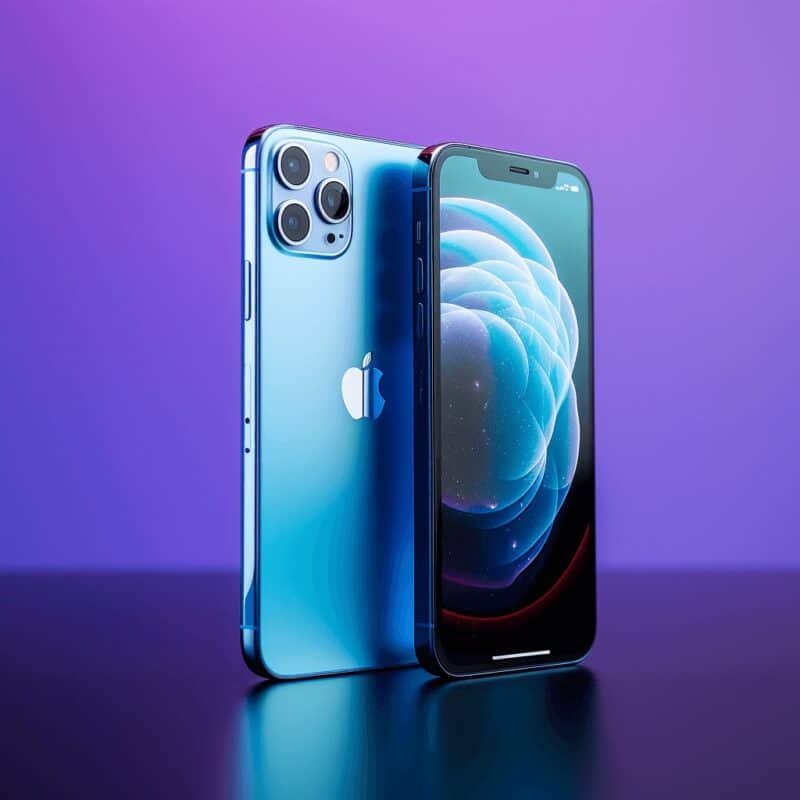
The latest Apple iPhones are the iPhone 15 Pro and the iPhone 15 Pro Max.
The difference with the Pro Max is the larger handset size and display screen, as well as a telephoto lens with 5x zoom capacity, rather than the 3x for the smaller iPhone model.
iPhone 15 Pro Max Astrophotography
The camera does not have an astrophotography mode but does have a night mode that works for astrophotography.
You can see how it works and what results you can get in this video:
Here’s a Milky Way image shot with an iPhone 15 Pro Max:
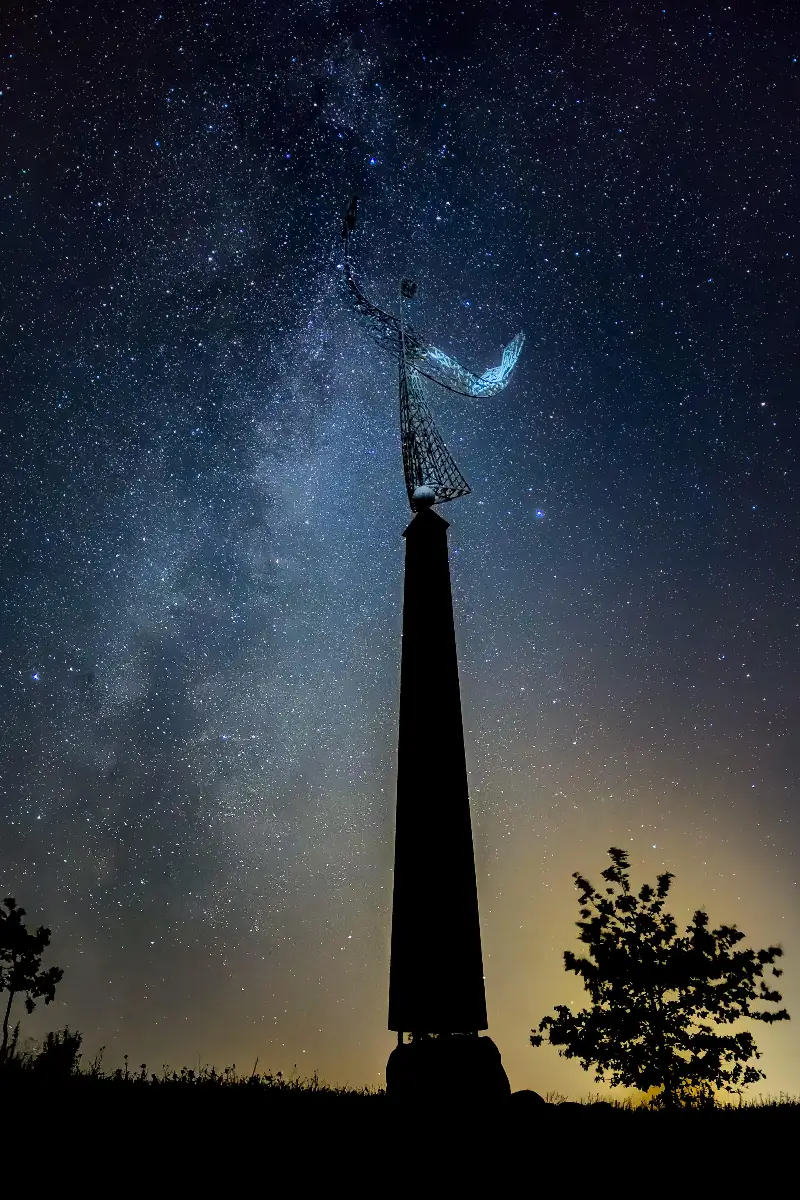
Overall, the iPhone 15 Pro Max camera is excellent and can definitely perform for astrophotography using the night mode.
Although it has a lower megapixel count than the Samsung S23 Ultra on this page, it does have a faster aperture and the highest pixel width on its camera sensor and this helps it deliver for night photography by better gathering light in dark conditions.
Pros
- Trusted Apple iPhone with the best iPhone camera yet
- Night Mode that excels for Astrophotography.
Cons
- Expensive
- No specific Astrophotography Mode
- Lower megapixel count than the Samsung S23 Ultra
Key Specifications
- Camera Resolution: 48 MP
- Aperture: F/1.5
- Field of View: 69 degrees (120 degrees when ultrawide)
- Pixel Width: 1.9 μm
- Astrophotography Mode: Night Mode
- Telephoto Lens: Yes
- Weight: 0.45 lbs (0.2 kg)
- Size Dimensions: 5.8 x 2.8 x 0.3 inches (146.7 x 71.5 x 7.7 mm)
- Screen Size: 6.1 inches
- Screen Resolution: 2778 x 1284
- RAM: 6 GB
Latest Apple iPhone in 2023
- Best iPhone camera yet
- Night Mode that excels for Astrophotography
- Expensive
- No specific Astrophotography Mode
Google Pixel 8 vs iPhone 15 vs Samsung S23 for Astrophotography
The astrophotography mode on the Pixel 8 and the night mode on the iPhone 15 and Samsung S25 Ulatra do very similar things:
- The Pixel astrophotography mode takes multiple 16-second images, stacks and processes them
- The iPhone night mode takes three 10 second images, stacks, and processes them
Both are excellent, but in tests the Google Pixel is better for astrophotography overall as you can see in this video:
The only real downside to the Google Pixel Astrophotography mode is that it only pops up as an option to use once your phone is pointed at skies that the phone deems dark enough.
Therefore if the phone detects too much light then it won’t even let you try, even if you want to.
Xiaomi Redmi Note 11 Pro
Best Budget Phone for Astrophotography
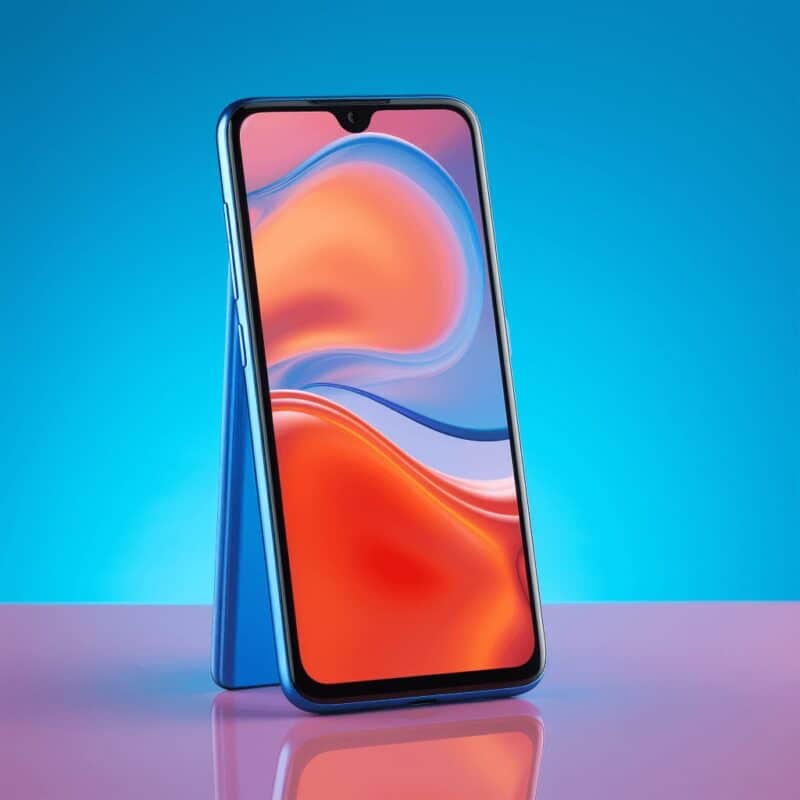
Moving on to some budget options, the Xiaomi Redmi Note 11 Pro boasts a 108 megapixel camera combined with Night Mode and a Super Moon Mode that work excellently for astrophotography.
Add to this the fact that it is substantially cheaper than most of the other phones in this article, then it becomes a real bargain if you are looking for a good budget phone for astrophotography.
Xiaomi Redmi Note 11 Pro Astrophotography
In this video you can see a great account of the Xiaomi 11 being taken out into the field at night and having its night mode tested for astrophotography and producing great results:
See also here where the phone is put through its paces for moon photography using the ultra-zoom function and Super Moon mode:
See also this image taken with a Xiaomi 10 (it was taken with a star tracker and stacked and processed):
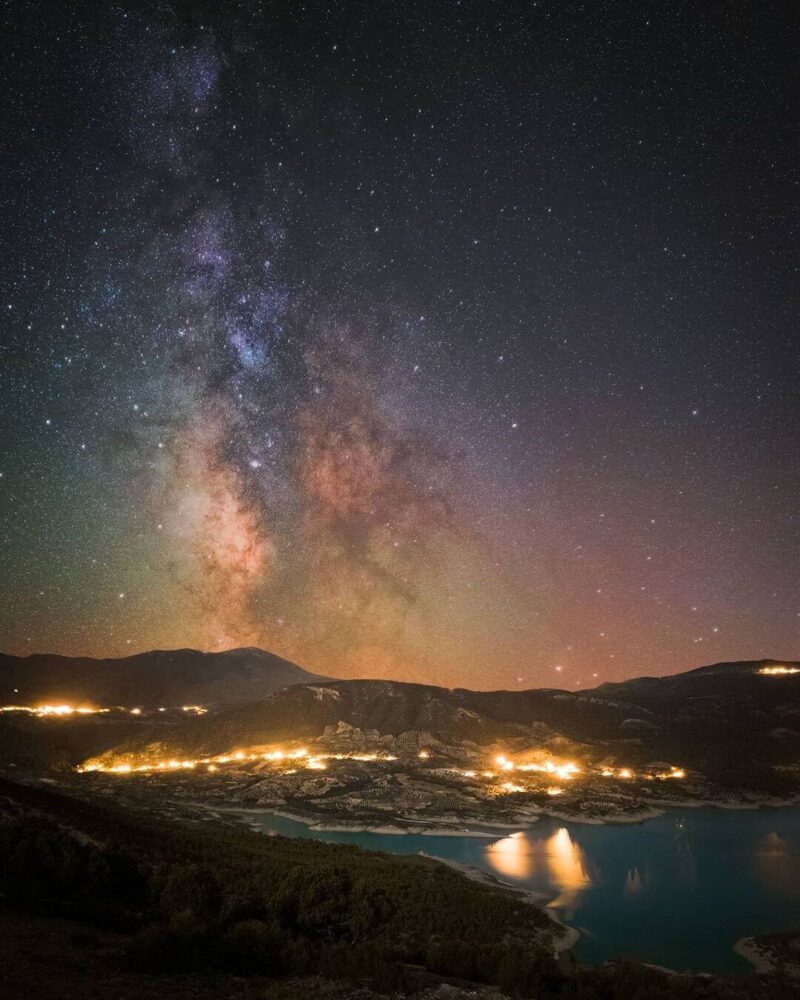
As you can see, this phone can really deliver for astrophotography and is a bargain for the price.
Pros
- Inexpensive
- High resolution camera
- Night Mode and Super Moon Mode
Cons
- Less known brand than Apple, Google or Samsung
Key Specifications
- Camera Resolution: 108 MP (8 MP ultra-wide)
- Aperture: F/1.8
- Field of View: 118 degrees when ultra-wide
- Pixel Width: 0.7 μm
- Astrophotography Mode: Night mode and Super Moon mode
- Telephoto Lens: No
- Weight: 0.45 lbs (0.2 kg)
- Size Dimensions: 6.5 x 3 x 0.3 inches (164.2 x 76.1 x 8.1 mm)
- Screen Size: 6.7 inches
- Screen Resolution: 1080 x 2400
- RAM: 8 GB
Huawei P40 Pro
Best Huawei Phone for Night Photography
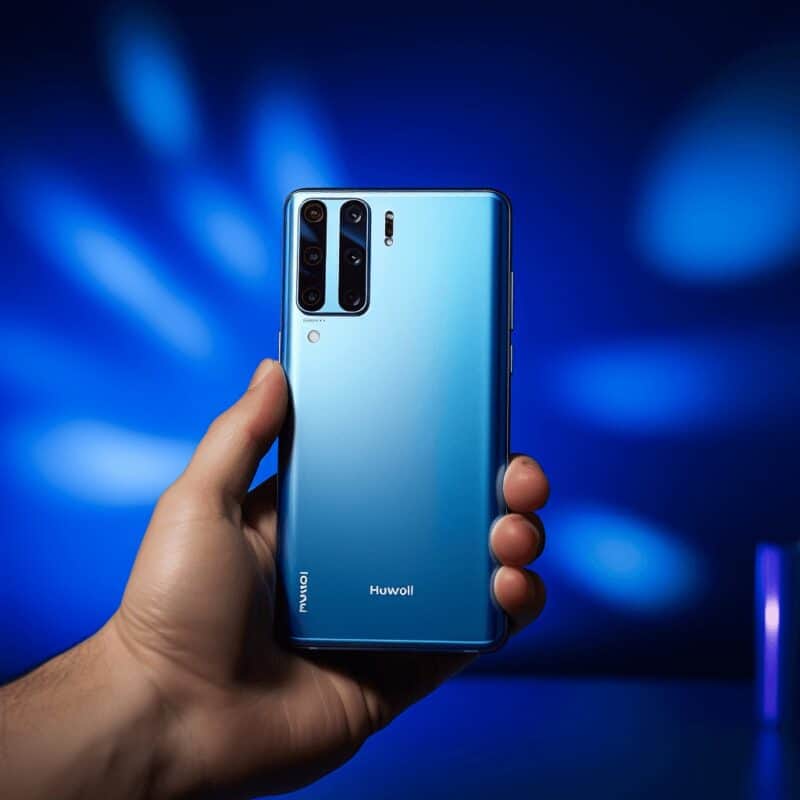
Our final phone to recommend for astrophotography is the Huawei P40 Pro.
It has a 50-megapixel camera and impressive specs.
Huawei P40 Pro Astrophotography
For astrophotography, there is a night mode and a timelapse function that can produce amazing Milky Way timelapse videos as you can see here:
Here is an example image taken with a Huawei:
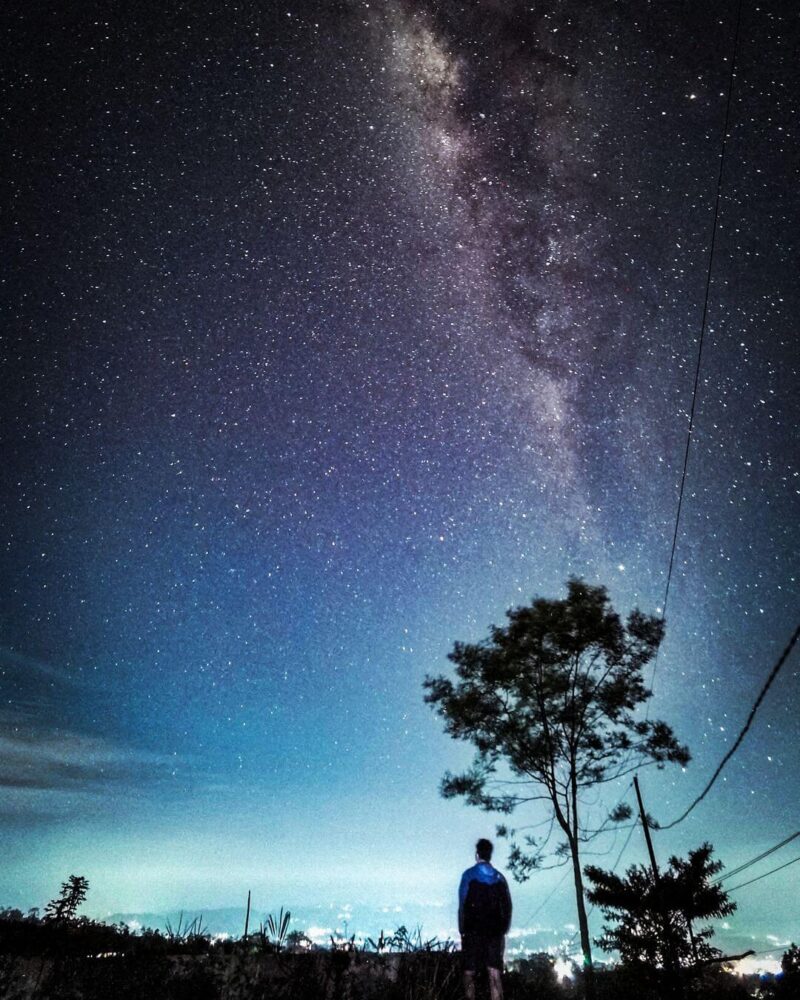
It also has a moon mode specifically for lunar imaging.
Overall, the Huawei P40 Pro has impressive photography credentials and many mobile astrophotographers have had great results with its camera.
Pros
- Inexpensive
- High resolution camera
- Night Mode and Moon Mode
Cons
- Less known brand than Apple, Google or Samsung
Key Specifications
- Camera Resolution: 50 MP (40 MP ultrawide)
- Aperture: F/1.9
- Pixel Width: 1.2 μm
- Astrophotography Mode: Night Mode, Moon Mode
- Telephoto Lens: Yes
- Weight: 0.46 lbs (0.2 kg)
- Size Dimensions: 6.2 x 2.9 x 0.4 inches (158.2 x 72.6 x 9 mm)
- Screen Size: 6.6 inches
- Screen Resolution: 1200 x 2640
- RAM: 8 GB
FAQs: Best Phones for Astrophotography
Smartphones vs DSLRs for astrophotography
Smartphone cameras are getting better and better and the megapixel count is rising but the sensors in camera phones are much smaller than those in modern DSLR or mirrorless cameras and so will not be able to perform as well.
Therefore, DSLR/mirrorless cameras are still better but the gap is closing and obviously just using a phone has a serious convenience advantage.
Plus learning to use a DSLR or mirrorless camera for astrophotography is much harder than just pressing a button on a smartphone.
See above in the Google Pixel 8 Pro section an example comparison of smartphone vs DSLR astrophotography.
What phones have astrophotography modes?
The Google Pixel range are the only smartphones that have dedicated astrophotography modes.
However, other cameras have great night modes (and moon modes) that can be utilized effectively for astrophotography.
Can you do astrophotography with an iPhone?
Yes, iPhones have great cameras and night modes that can be used for astrophotography. See our guide on how to do iPhone Astrophotography.
Which phone is best for moon photography?
Many phones are great for moon photography but the Xiaomi Redmi Note 11 Pro and the Huawei P40 Pro have moon modes specifically for lunar imaging.
Note, there has been some skepticism about how the Huawei moon mode works (some believe it actually inserts a separate moon image into your photo, rather than using your capture – see here).
The Samsung S23 Ultra has also raised some eyebrows with it’s moon photography – see here.
How do you take a perfect moon picture with your phone?
You will need a telescope or telephoto lens to take a great photo of the moon with your smartphone.
You will likely need to take multiple images and stack and stitch them together as well as other post-processing.
What is stacking in astrophotography?
Stacking is a process where multiple images of the same scene are taken and then layered on top of each other. This removes the noise and produces a better image.
The Astrophotography Mode in the Google Pixel 8 Pro smartphone takes care of stacking the images automatically.
Conclusion: Best Astrophotography Camera Phone
Overall, we recommend the Google Pixel 8 Pro as the best overall smartphone for astrophotography due to its excellent in-built astrophotography mode.
The Samsung Galaxy S23 Ultra is also excellent. It has a huge resolution of 200 megapixels and great in-built camera modes that give you the capacity to take amazing photos of the starry night sky.
The iPhone 15 Pro Max is the best iPhone yet for astrophotography, with a brilliant night mode.
Please let us know in the comments below if you have any questions.
Sources:
- https://blog.google/products/pixel/google-pixel-8-pro/
- https://www.gsmarena.com/google_pixel_8_pro-12545.php
- https://www.apple.com/shop/buy-iphone/iphone-15-pro/6.7-inch-display-256gb-black-titanium
- https://www.gsmarena.com/apple_iphone_15_pro_max-12548.php
- https://www.samsung.com/us/smartphones/galaxy-s23-ultra/
- https://www.gsmarena.com/samsung_galaxy_s23_ultra-12024.php
- https://www.mi.com/global/phone/
- https://www.gsmarena.com/xiaomi_redmi_note_11_pro-11334.php
- https://consumer.huawei.com/en/phones/
- https://www.gsmarena.com/huawei_p40_pro-10152.php


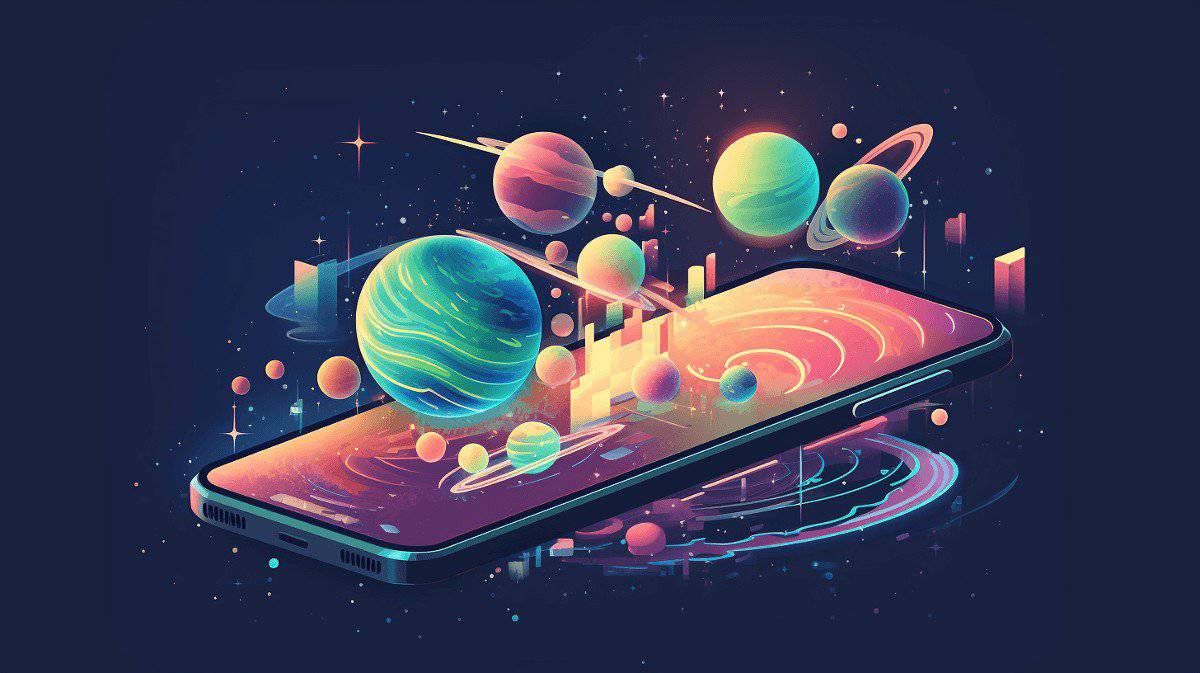
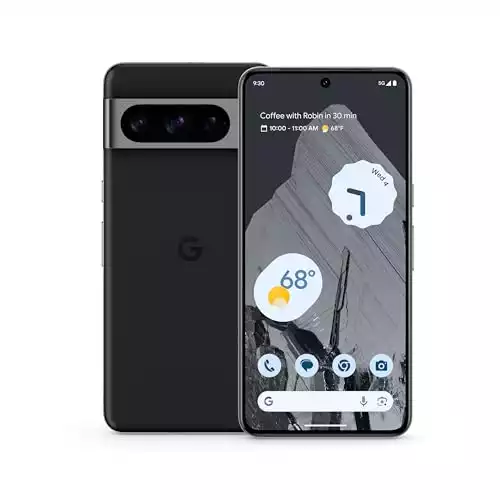
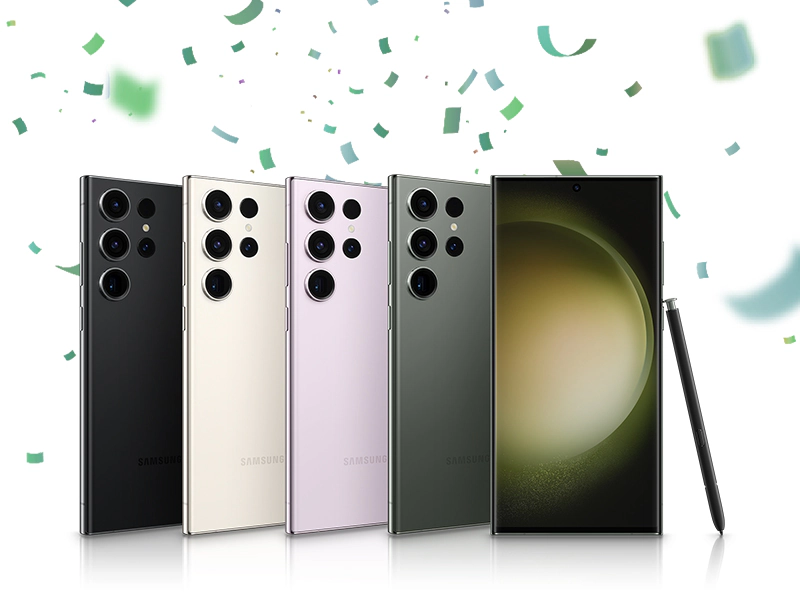
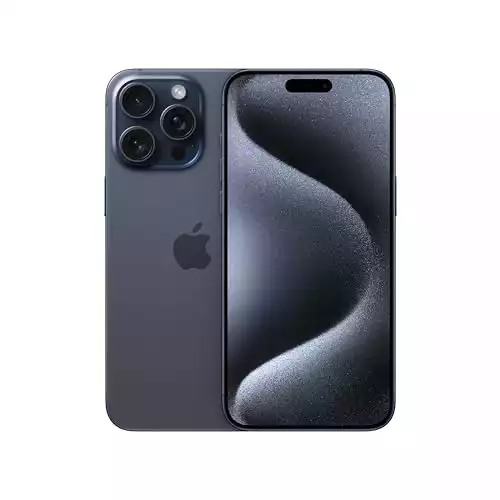
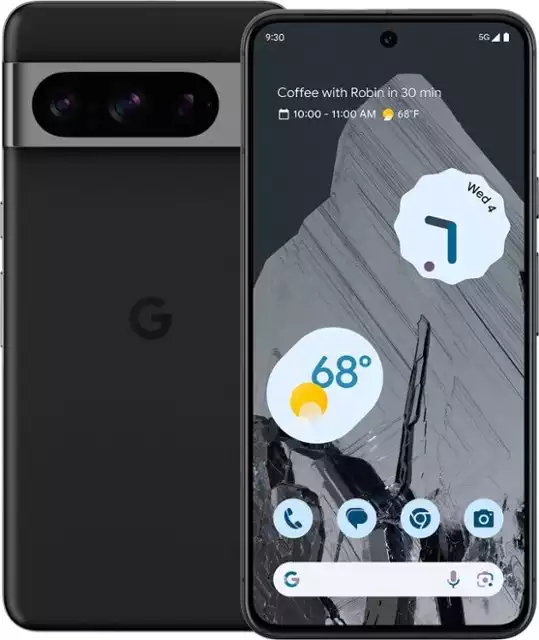
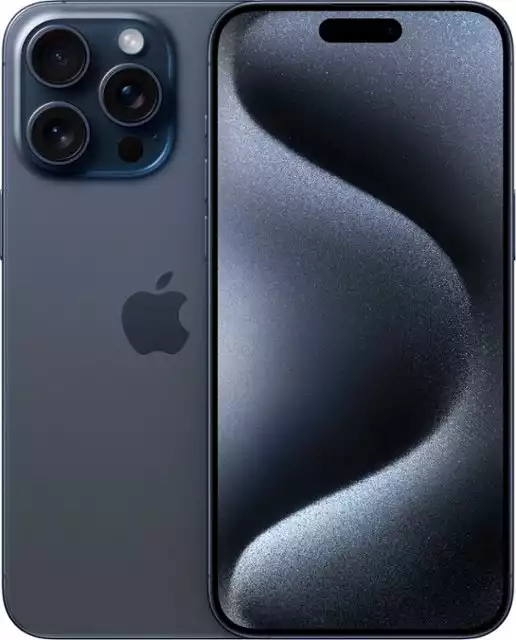


You can stack the images to reduce the noise using an android app called Eagle image stacker which is align and stack the astronomical images.
Cool! Thanks for the tip.
Why don’t mobile phone cameras have a bulb function so that you can keep the aperture open for as long as you like. Seems like it would be an easy thing to do.
I don’t know, but that’s a great question!